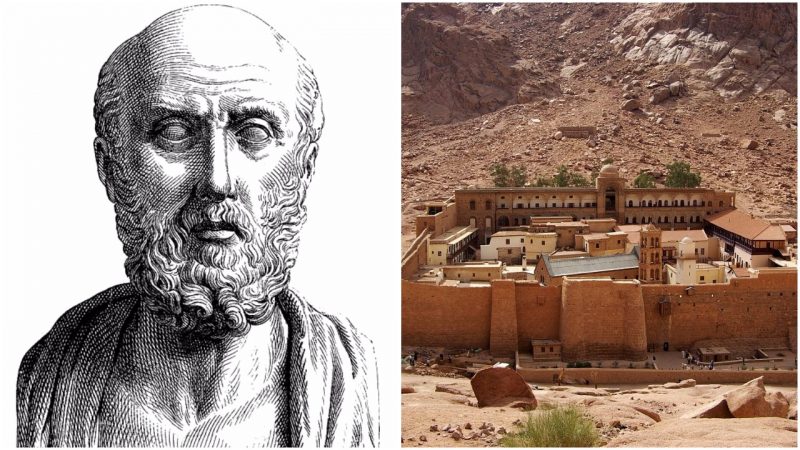Classical Greece, that is, the period through the 5th and 4th centuries BC, proved to be a highly influential epoch that played a key role in establishing the foundations of Western civilization. Great portions of the modern form of Western politics, art, science, culture, and philosophy are based on the schools of thought that thrived during this golden era of the Ancient Greek civilization. This period also saw great advances in the theory and practice of medicine.
The most prominent figure in medicine of this time was the Greek physician Hippocrates of Kos. Even today, the majority of students who conduct studies in medicine take the Hippocratic oath, thus vowing to follow the ethical principles of medicine. The work of Hippocrates has helped medicine distinguish itself from other fields it was traditionally associated with, such as the ritualistic practices of theurgy and also philosophy.
For Hippocrates, a diagnosis had to be based on observation and logical reasoning, and his school of thought strived to understand human suffering and considered the place of the physician to be at the patient’s bedside. While he practiced his medicine in Kos where he was born, Hippocrates also traveled a lot, both as a practitioner and to teach others the art of healing.
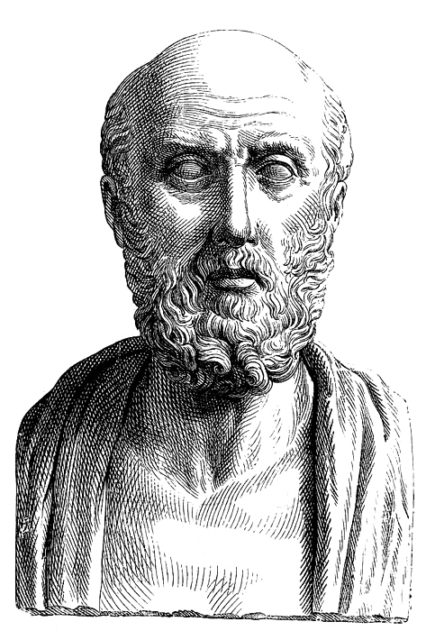
To date, there are very few surviving relics or artifacts from Hippocrates himself, but according to a recent announcement made by archaeologists, an ancient text has been found that can be attributed to the ancient doctor. The text is a medical recipe that has been preserved by ancient scholars through the ages at the sacred and remote St. Catherine Monastery in South Sinai, in Egypt.
The medical recipe was discovered during renovation work at the monastery’s library. The library contains thousands of invaluable manuscripts that only now have become the subject of serious study. The recipe was one such manuscript, discovered in one of the library’s most treasured Sinai Palimpsests.
The crucial thing about these palimpsests is that they were made of stretched leather. Producing it took a great amount of time and the process was costly. These were the two principal reasons why some of the original content in many of the palimpsest documents were erased, thus allowing other scholars to write a new text on the parchments.
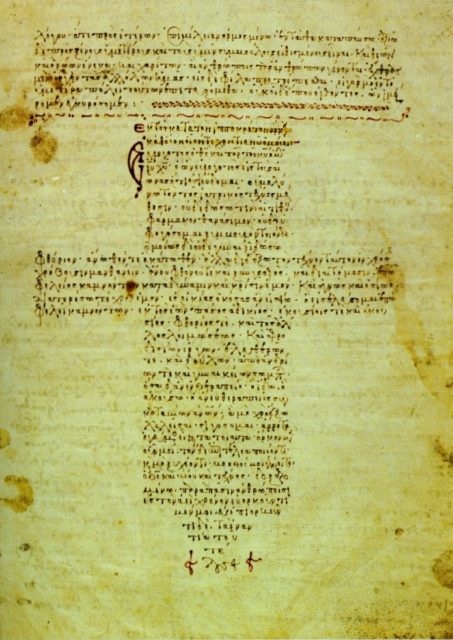
The medical recipe was discovered beneath a layer of Bible text known as the “Sinaitic manuscript,” the latter taking the place of the former. As the National Geographic further reports, the text was examined by researchers at the Early Manuscript Electronic Library, which has a well-established partnership with the St. Catherine’s Monastery.
In order to read the palimpsests and see what the naked eye cannot detect, the EMEL has used spectral imaging, a technique that allows one to see what might lurk hidden beneath other layers of writing in the manuscripts.
The same manuscript reportedly also contained two more recipes and included pictures of herbs–the author, however, is unknown. Michael Phelps, a researcher at the EMEL, has stated in the Egyptian newspaper Asharq Al-Aswat that “the manuscripts, which contains three medical texts, will be listed among the oldest and the most important manuscripts in the world.”
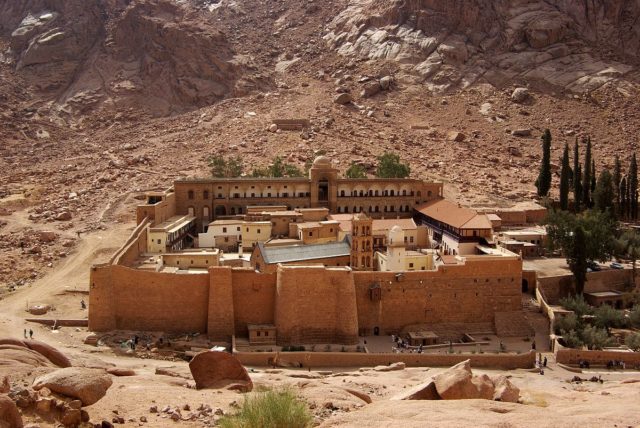
Through it was many centuries in the past, monks and pilgrims from different lands made their way to St. Catherine Monastery, and they left their mark in the manuscripts. They wrote in their own languages and donated the scripts both as gifts to the monastery and for the benefit of future pilgrims who would follow in their footsteps.
The Sinai manuscripts are truly significant, as they include the writings of the early Fathers of the Church, plus the history of the Christian Church. There are classical Greek texts, and among these there are important medical texts such as the one from Hippocrates.
The quest to find more lost and erased texts in the palimpsests will proceed at St. Catherine’s Monastery. Both Greek and Egyptian researchers are engaged in the project.
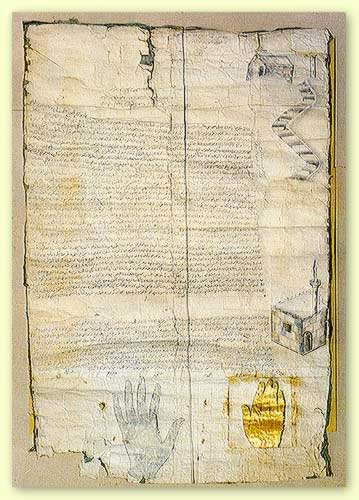
The monastery has been in existence since the 6th century when the Chapel of the Burning Bush, the original building on the site, was surrounded by walls. Situated in a remote part of the desert, the site was used a few centuries before it became a permanent residence for the monks.
The library that is part of the monastery has remained in service ever since the 6th century too, and is one of the oldest running libraries in the world. Aside from ancient Greek texts, some of the manuscripts found here include significant writings in Arabic, Armenian, Hebrew, Coptic, Georgian, and Aramaic. The ancient collection is second only to the Vatican library.
Monks claim to have found a 6th century manuscript of Hippocrates, known as the “father of Western medicine” https://t.co/IKYGx7o3uK
— National Geographic (@NatGeo) July 12, 2017
Currently, there are only a few monks who live and work at St. Catherine’s, but they retain practices that have remained unchanged for many centuries. Predominantly a Greek Orthodox monastery throughout history, it wouldn’t be a surprise if more discoveries were made that might be attributed to Hippocrates, or perhaps, one of his contemporaries.
Read another story from us: Wacko cures and medical procedures from the past
The work of Hippocrates was certainly the first great milestone for Western medicine. The next great milestone was not very far from where St. Catherine Monastery sits. When the Library of Alexandria was established on the coast of the Mediterranean, it served, among other things, as a center where both Greek and Egyptian medicine practitioners were able to meet and learn from one another.
